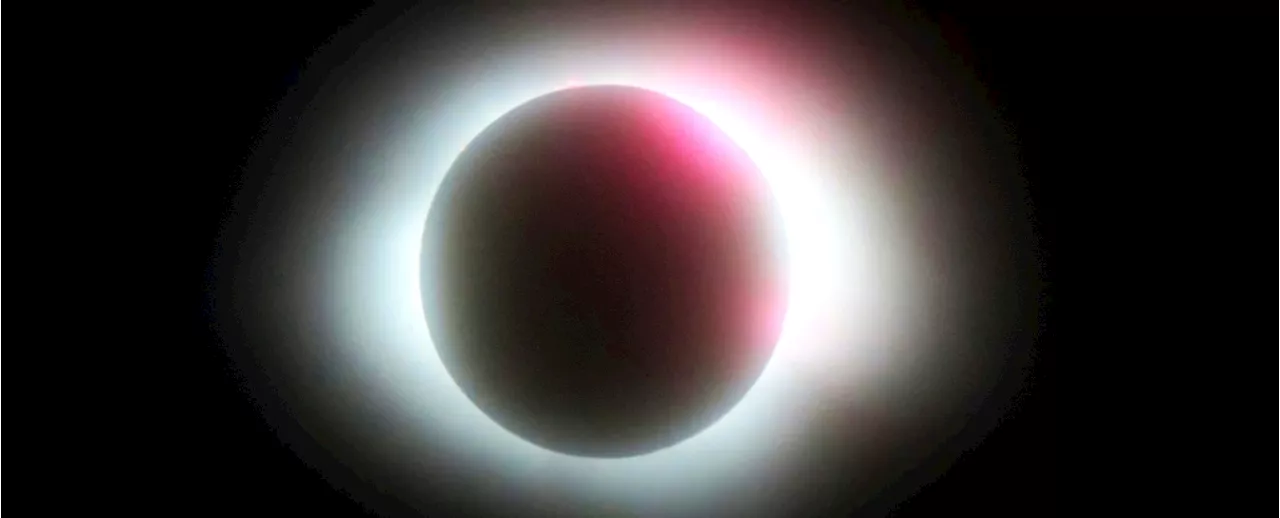The Best in Science News and Amazing Breakthroughs
Do we have a planetary bias when it comes to understanding where life can perpetuate? It's only natural that we do. After all, we're on one.
"Standard definitions of habitability assume that life requires the presence of planetary gravity wells to stabilize liquid water and regulate surface temperature," they write."Here the consequences of relaxing this assumption are evaluated." Earth does more than just provide liquid water and protection from radiation. It's an entire system with layers of interacting complexity.
Low-mass objects in the outer Solar System have ample surface area, but the Sun's energy is weak. They're unlikely to be able to hold onto their atmospheres, so the correct pressure and temperature for liquid water are out of reach. They're also unprotected from UV radiation and cosmic rays. Cyanobacteria can grow with air headspace pressures of 10 kPa, so long as the light, temperature and pH are in the right ranges. The question is, do any living things that we know of generate walls that can maintain 10 kPa?
Incoming energy and outgoing energy need to be balanced, and some organisms on Earth have evolved to maintain this balance. "Given this, it is plausible that highly insulating materials could be produced artificially from biogenic feedstocks or even directly by living organisms," the authors write. Volatile loss is another problem. A habitat that can't hold onto its atmosphere can't maintain the temperature and pressure necessary for liquid water.
"However, it is easily blocked by compounds such as amorphous silica and reduced iron, which attenuate UV in silicified biofilms and stromatolites today without blocking the visible radiation needed for photosynthesis," they write. In their paper, the authors cover other factors like cell size and the factors that limit the size of unicellular organisms and larger, more complex organisms. They conclude that fully autonomous living habitats can't be ruled out.
United States Latest News, United States Headlines
Similar News:You can also read news stories similar to this one that we have collected from other news sources.
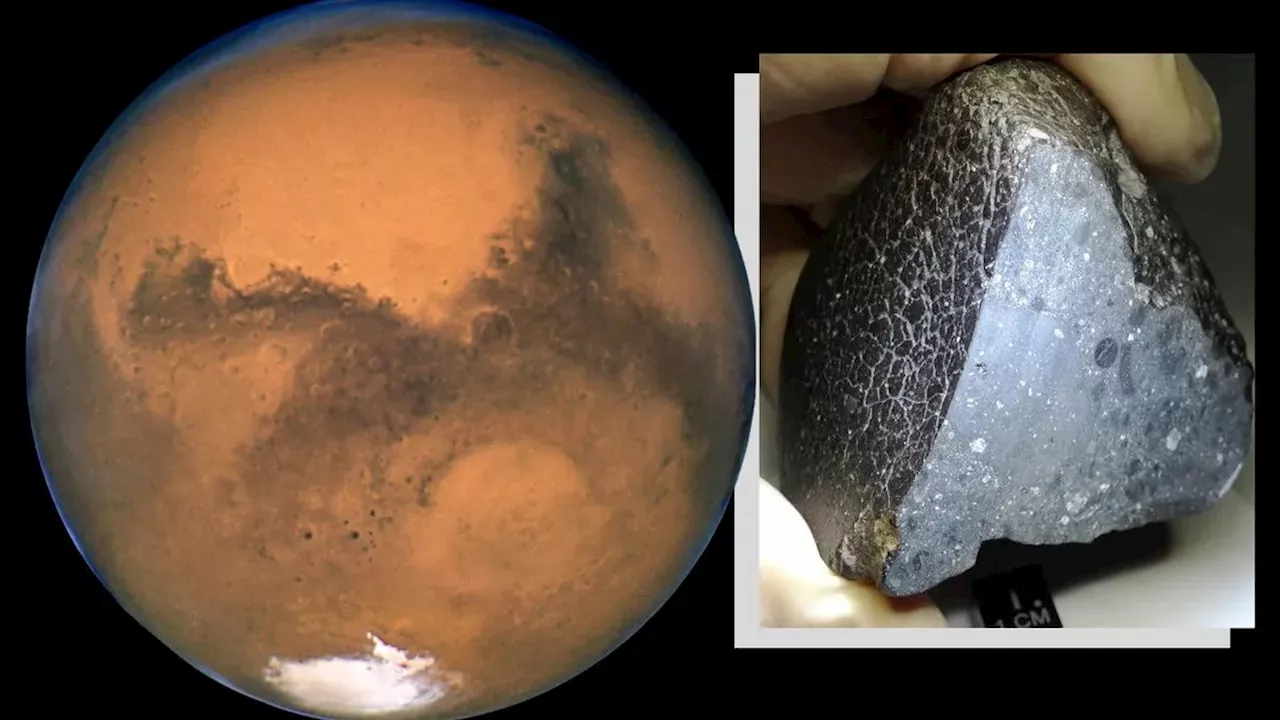 Did alien life exist in hot water on Mars billions of years ago?Robert Lea is a science journalist in the U.K. who specializes in science, space, physics, astronomy, astrophysics, cosmology, quantum mechanics and technology. Rob's articles have been published in Physics World, New Scientist, Astronomy Magazine, All About Space and ZME Science.
Did alien life exist in hot water on Mars billions of years ago?Robert Lea is a science journalist in the U.K. who specializes in science, space, physics, astronomy, astrophysics, cosmology, quantum mechanics and technology. Rob's articles have been published in Physics World, New Scientist, Astronomy Magazine, All About Space and ZME Science.
Read more »
Texas Space Commission seeks input on how to grow space businessTexas Space Commission survey about how to strengthen state's space business open through mid-December.
Read more »
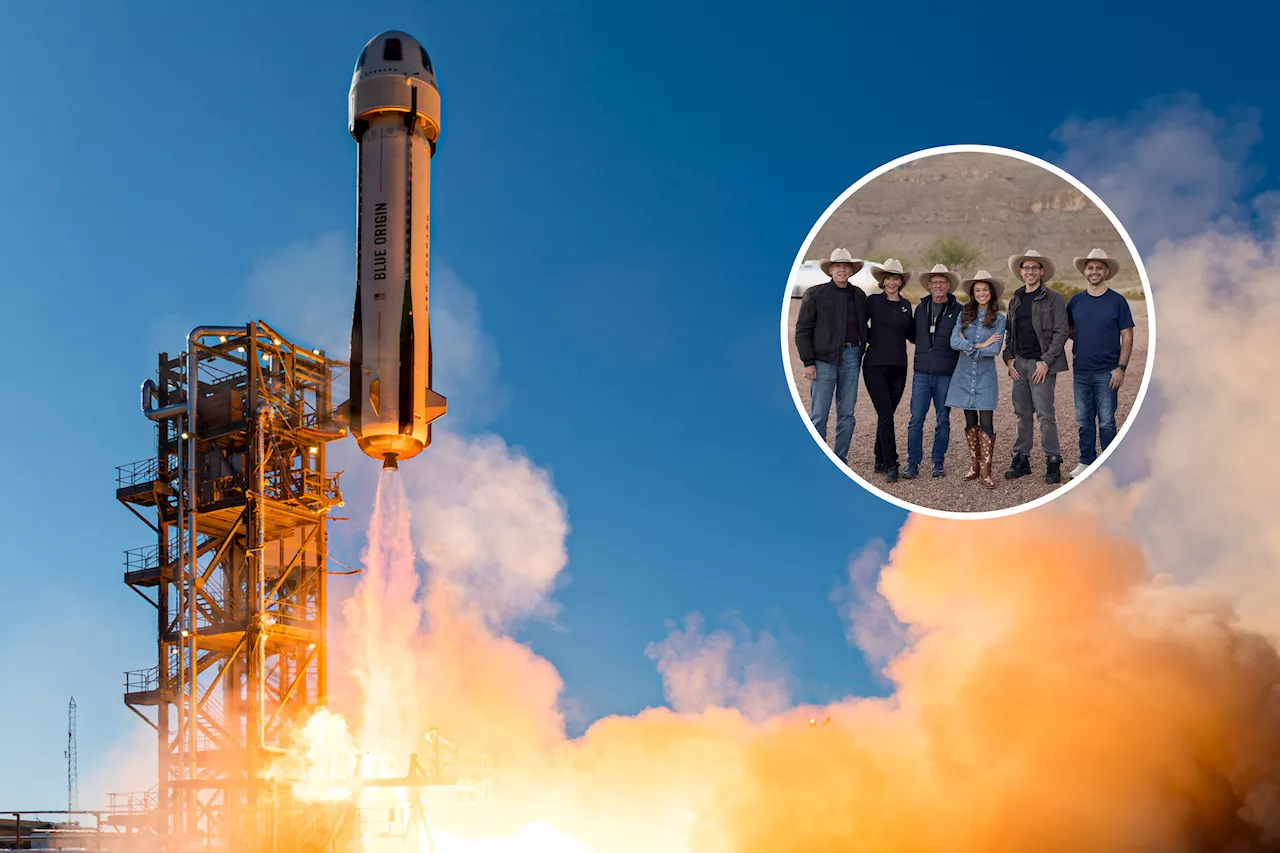 Blue Origin Space Tourism Launch: Meet the People Paying To Go to SpaceThey're a mix of STEM advocates, philanthropists, entrepreneurs, and everyday dreamers embarking on a journey to the edge of space.
Blue Origin Space Tourism Launch: Meet the People Paying To Go to SpaceThey're a mix of STEM advocates, philanthropists, entrepreneurs, and everyday dreamers embarking on a journey to the edge of space.
Read more »
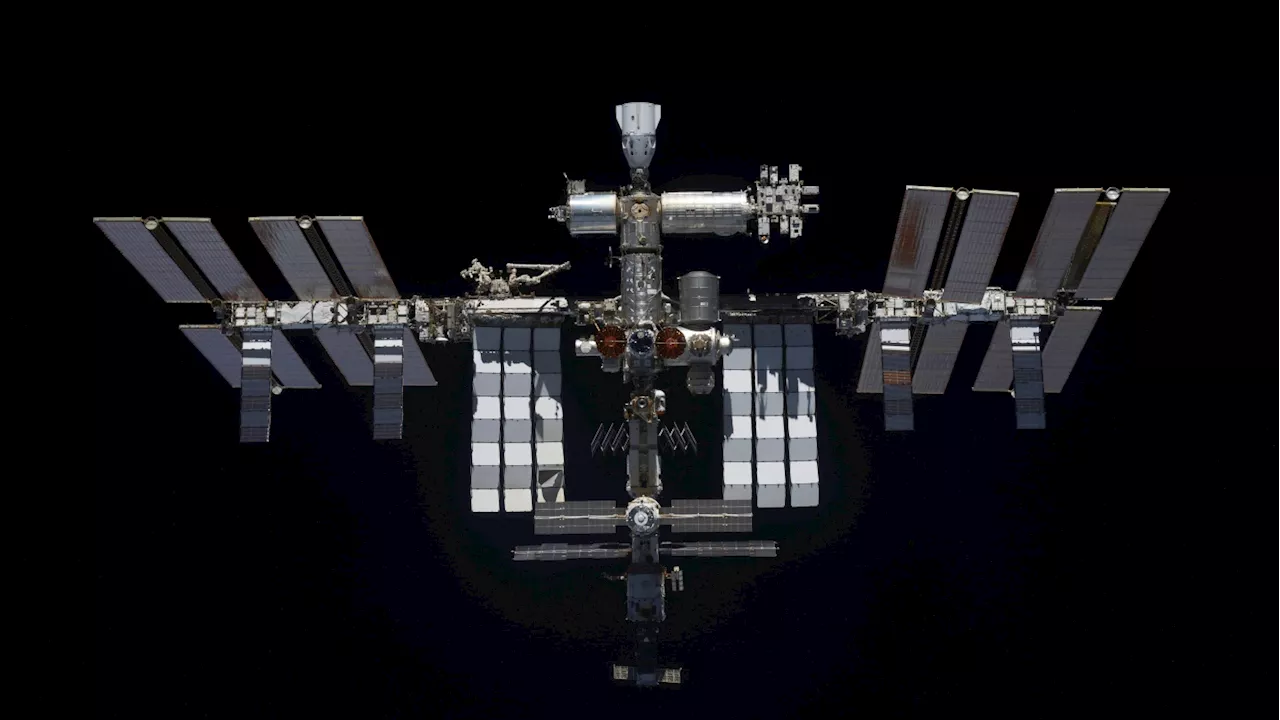 The International Space Station adjusts its orbit to avoid space debrisThere are at least 19,000 pieces of space debris in Earth's orbit, not including active satellites, that the U.S is monitoring.
The International Space Station adjusts its orbit to avoid space debrisThere are at least 19,000 pieces of space debris in Earth's orbit, not including active satellites, that the U.S is monitoring.
Read more »
 ‘Space Gal' Emily Calandrelli among 6 riding Blue Origin rocket into space FridayBlue Origin says they'll launch their ninth crewed flight into suborbital space on Friday -- among the passengers will be 'Space Gal' Emily Calandrelli.
‘Space Gal' Emily Calandrelli among 6 riding Blue Origin rocket into space FridayBlue Origin says they'll launch their ninth crewed flight into suborbital space on Friday -- among the passengers will be 'Space Gal' Emily Calandrelli.
Read more »
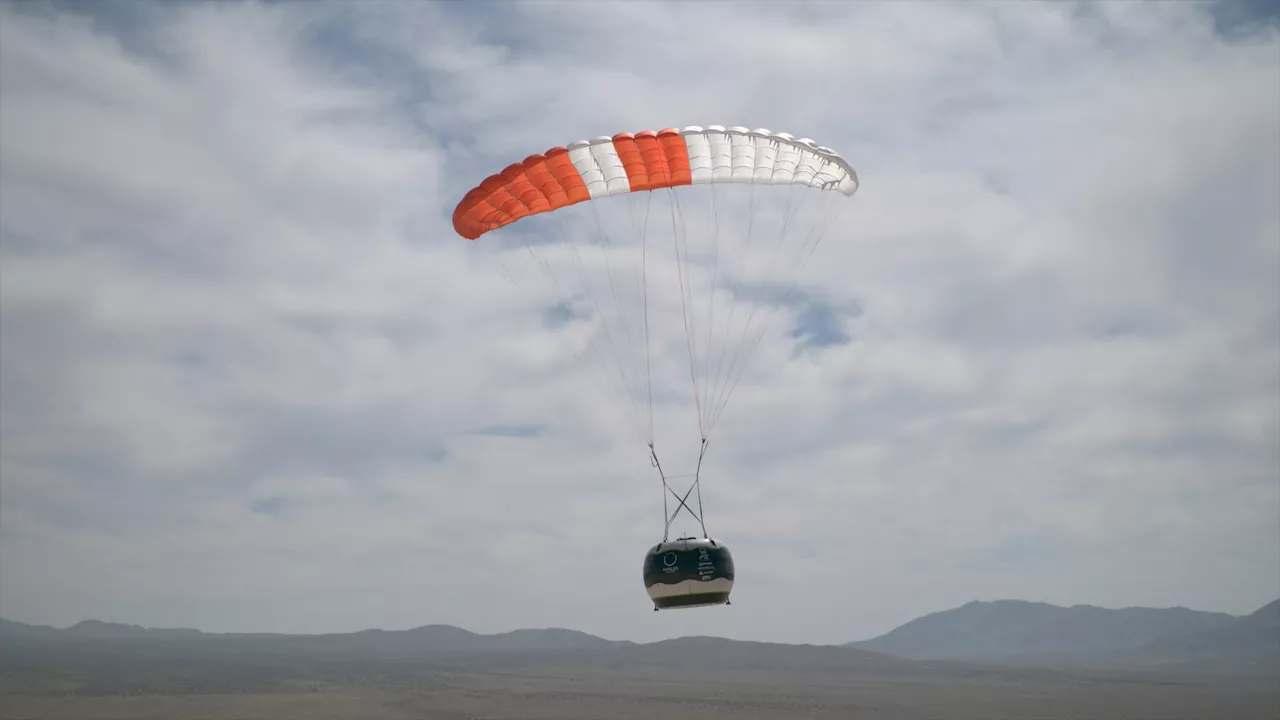 How Halo Space’s ‘Aurora’ balloons bring near-space tourism to the massesWhat if your next adventure took you to the edge of space in a serene, balloon-powered ascent? HALO Space is making this dream a reality.
How Halo Space’s ‘Aurora’ balloons bring near-space tourism to the massesWhat if your next adventure took you to the edge of space in a serene, balloon-powered ascent? HALO Space is making this dream a reality.
Read more »
